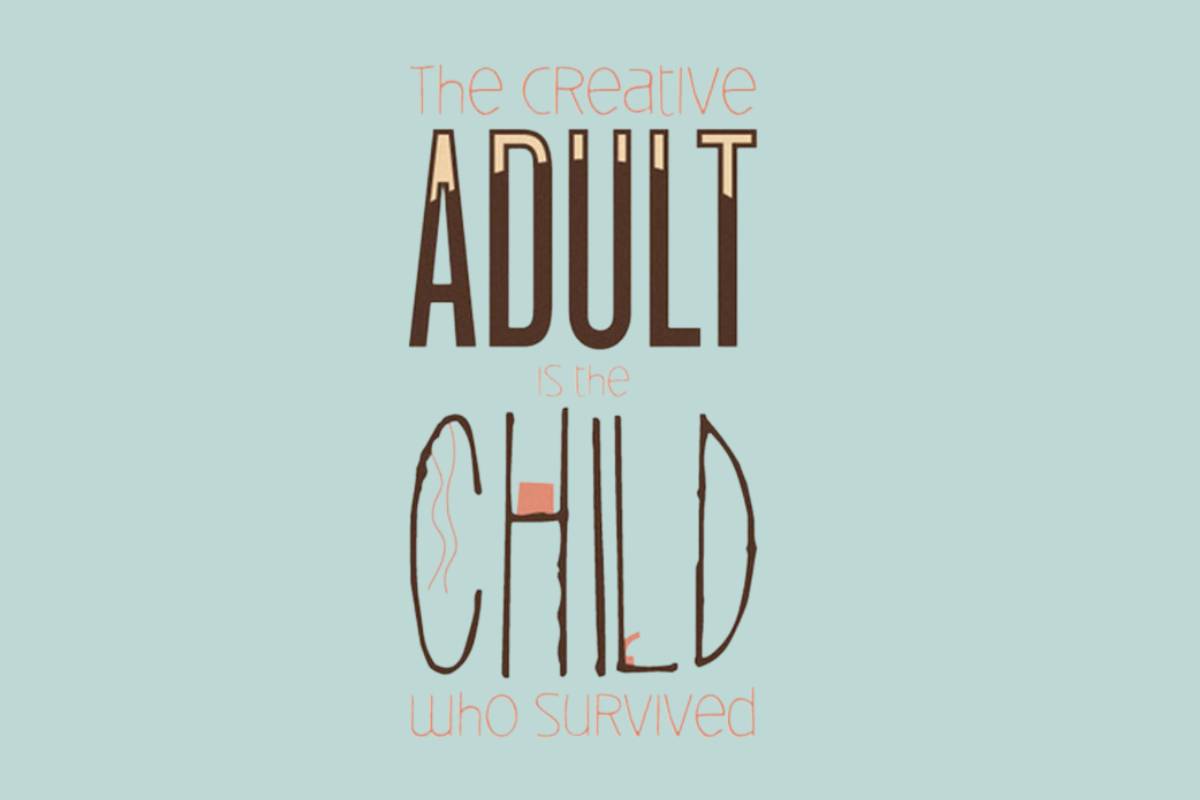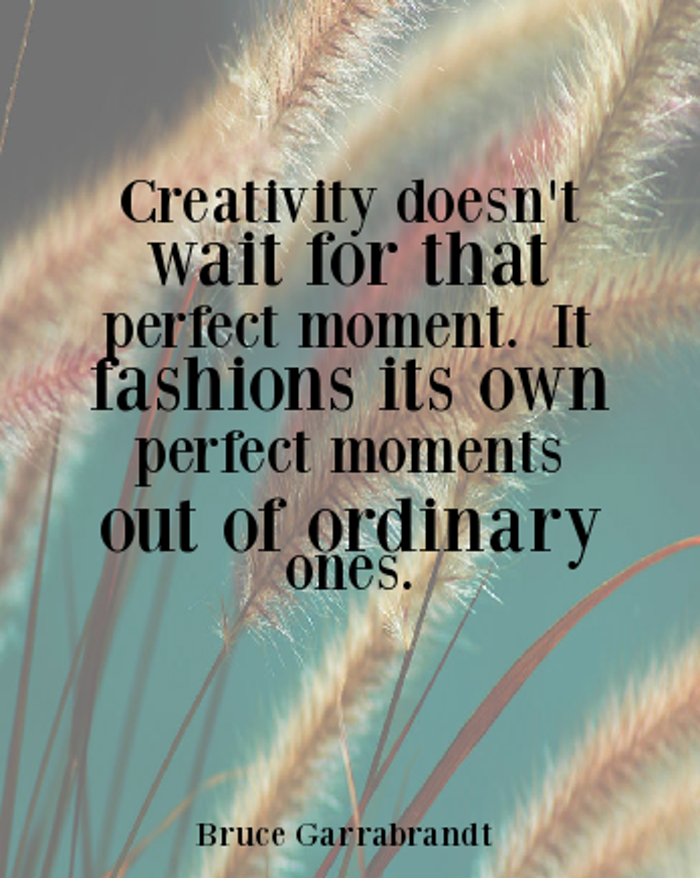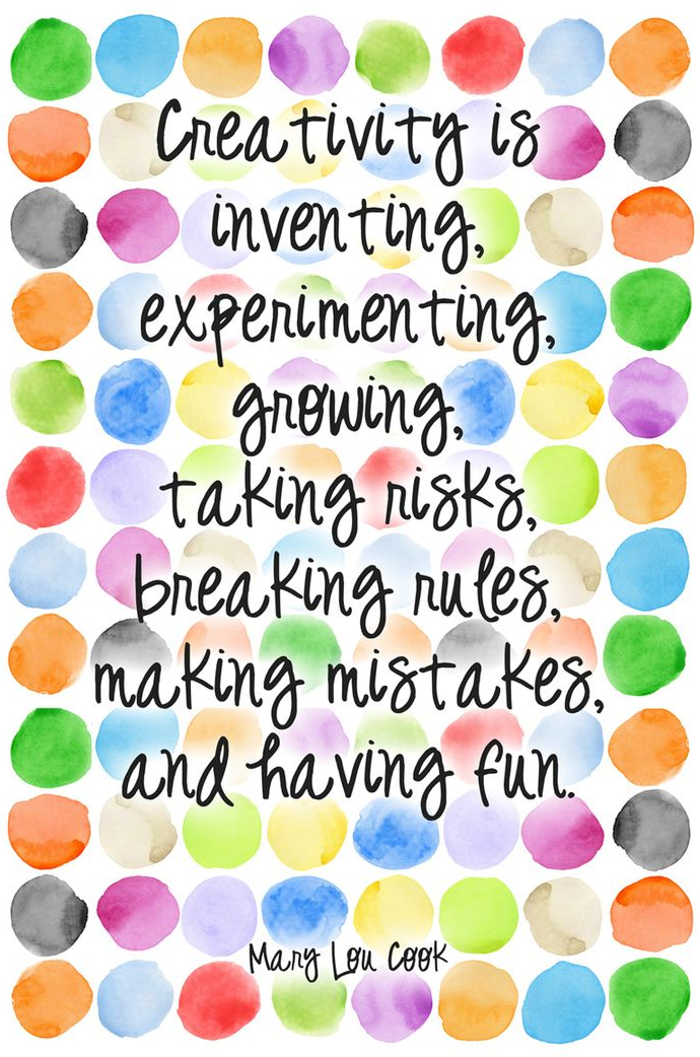No products in the cart.

Critically Endangered: The Art of Teaching
In a time of evidence-based foci, teachers are required to ensure that the way in which they teach reflects practices associated with positive outcomes for kids. That best-practice is undertaken, and the ‘right’ way to teach is ensured. The ‘right’ way to run a reading program, to ensure those target kids make progress that is expected of them to ‘keep up’ with their peers. The ‘right’ way to deliver phonics, guided writing, or numeracy. These ‘right’ ways draw from a range of research into how children learn, from the cognitive to the behavioral sciences. Much of this domain-specific research (i.e. reading instruction or mathematical instruction) is conducted without the added interference of a busy classroom timetable, competing interests for teachers’ attention, workload pressures, student home-life events, school events and so on. The research is significant and provides a wealth of information to assist teachers in understanding the science behind their practices, how best to instruct students in these subject areas, in order to directly address key learning needs of individual students. The science behind teaching is a highly relevant and important piece of teaching knowledge and skill and forms the foundation to effective teaching practice.However, in the face of so much science, a critical but overlooked, component to teaching is becoming increasingly rare in the classroom. Creativity. An area that is not easily quantified into numerical data, inputs and outputs, the use of creativity by a classroom teacher to ensure a level of joy in learning and teaching extends the science of teaching into the art of it. A creative teacher builds upon the scientific underpinnings of effective teaching and adds colour, light, music, joy, wonder and curiosity in just enough measure that children connect to learning not only in cognitive ways (i.e. the scientific approach we seek) but through their hearts as well.
Einstein is attributed with saying “creativity is intelligence having fun”. And fun is what learning should be. And yet with so much focus on the science of teaching, many forget that in being creative with teaching – infusing the very art of teaching back into practice – not only will teachers enjoy teaching, but children will enjoy learning just as much. This art comes about through the infusion of wonderment, curiosity, joy, passion and play in such a way that children burst with engagement and excitement for learning. A creative teacher uses both their knowledge of the science of teaching in combination with the art of teaching to ensure children are supported in their learning needs.
A useful example of this unique balance to teaching can be drawn from some of the great masters of the art world. Van Gogh demonstrates such a knowledge of the fundamentals of colour, texture, space and dimension that no-one can argue his paintings are some of the finest the world has seen. But it is not just his technical skill that draws so many to his paintings. Art speaks to those who view it in ways that move beyond the technical application of paint to canvas. It tells a story, communicates and draws the observer in in such a way that it connects on an emotional and heart-felt level. Teaching should be the same. It is far, far more than a technical vocation. It should speak to children’s hearts in such a way that it lights them up, engages them in curiosity and joy so that they actively seek out new knowledge and ideas of their own volition. That they pursue their own interests with a fiery passion and excitement. For after all, learning extends far beyond the walls of the classroom and the sentence of schooling……..teaching promotes life-long learning.

But how do you measure ‘wonderment’, ‘joy’, ‘curiosity’ and the heart-felt connection children have as a result of artful teaching? These attributes are not often measurable and stump those focused on the science of teaching. In short, it is not easily done. How do you capture and measure that feeling you feel when you view a work of art – an uplifting performance by a dance company; a comedic great; a performance of Hamilton; Michelangelo’s David; a Banksy piece; Van Gogh’s Starry Night or even your child’s painting dedicated to you? This is the tension faced by teachers in a difficult time in education. With a focus on outcomes, targets, evidence and effectiveness, teaching becomes chiseled down to those behaviours, skills and knowledge that can be easily measured. Reading results never mind whether children are joyful readers. Spelling progress, despite children developing a negative self-concept in their ability as spellers. Failure to learn to multiply within 5 seconds – an aversion to mathematics that runs for the rest of a child’s life. If the science of teaching is the single driver in informing teaching behaviours, the teaching profession runs the risk of sucking the joy out of learning itself.
Furthermore, the art of teaching does not come easily. It is the kind of energy-sucking approach that leaves many teachers exhausted at the end of each term and often in bed for several days fighting off bugs during the holiday breaks. It takes a different sort of thinking, a ‘next-layer’ of idea creating, over and above the foundation of the science of teaching beneath. Those 2am moments when the ‘aha’ occurs over how to artfully introduce a new idea or thought into the learning environment. Or those Sunday afternoon moments scouring the beach, or a shop for the perfect resource to introduce Monday morning. These creative moments are the ones most laypeople are unaware of when criticising the teaching profession during rounds of pay negotiation and recognition of the demands of the profession. The energy needed to teach in artful ways is endangered by the workload created by the science of teaching. Needing to over-assess, record data, document and analyse. This workload becomes the enemy of creativity. For teachers to be in a creative capacity for thought, space needs to happen. Workload needs to be reduced to only the acts of teaching that matter to children’s learning. This may seem obvious, but for many, this workload extends far beyond the most relevant practices for kids. When teachers have the space and time to think, the art of teaching can begin to occur.

Effective teaching is the delicate balance of BOTH art and science. One cannot exist without the other if students are to truly benefit from the knowledge and skills effective teachers use daily to support their students’ learning needs. Teachers do need to know and be able to apply key evidentially based practices that ensure the progress of their students in all curriculum areas. The specific way in which reading is effectively taught, or mathematical concepts understood. BUT, the way in which this done must be done so Artfully. Creatively. Joyously. The use of wonderment and excitement for learning must not be overlooked in a time of such focus on outcomes and progress. Joy and passion are the drivers for engagement and a seeking out of new knowledge. When learning = fun, curiosity and engagement are the outcomes. A joy of learning and self-efficacy in their ability to learn will result. Then students have benefited from both the art and science of this complicated and truly valuable profession.



Leave a Reply
You must be logged in to post a comment.